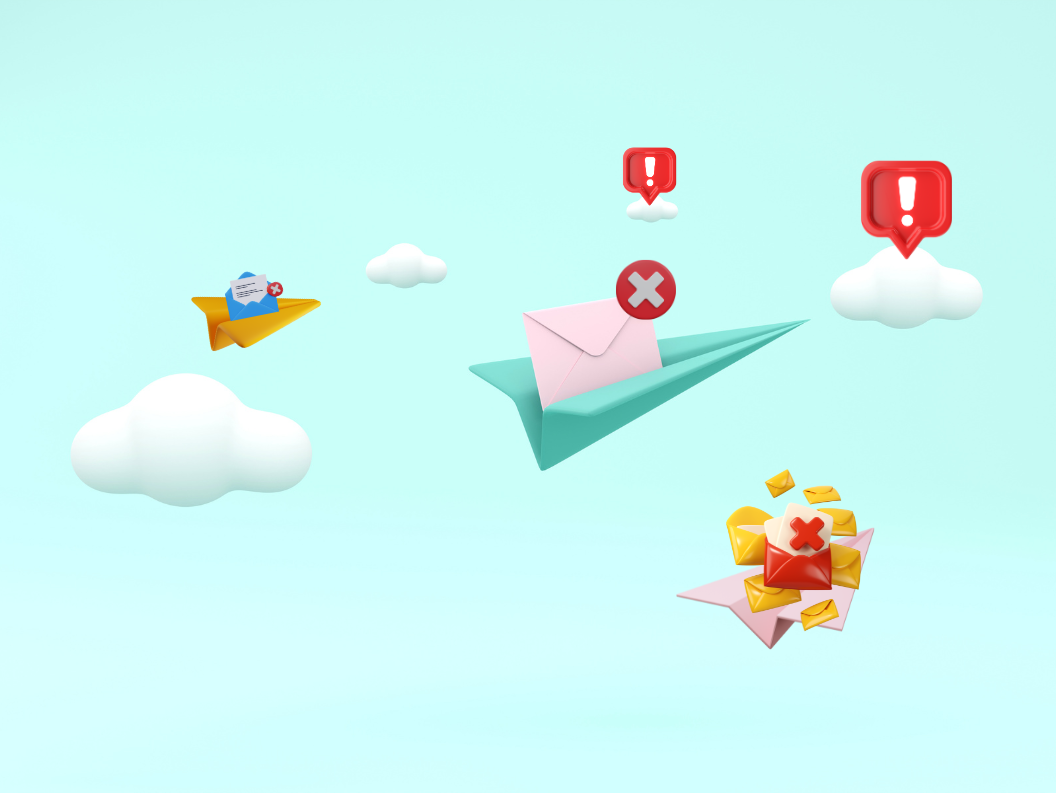By: Sharon Berman,
Published: Los Angeles Business Journal
Keeping It Current Is the Key to Its Value
I often encounter companies that want more business but don’t maintain an up-to-date database of current and former clients, referral sources and prospective clients. These firms have no easy, relatively inexpensive way to project a strong marketing presence on a systematic and consistent basis. Having an upto- date database can be a veritable gold mine for businesses, and is absolutely fundamental to their success.
Consider this scenario: You’ve spoken with a prospect about buying, say, a copier from your company. The prospect said they would be making their purchase decision in three months. Although they may remain on your mind all that time, it’s unlikely that you’ll remain on theirs. When they’re ready to make a decision, they’re likely to think of the copier salesperson who just walked out of their office the day before.
But if your attention-getting e-mail message or direct-mail piece arrives on or near the date when they’re ready to make a decision, your chances of being in the running improve greatly. To make that happen, you need to have an accurate database.
Do you have one? Here’s a test: If a great story about you, your product or your company appeared on the front page of today’s Los Angeles Times, would you be ready to send out reprints tomorrow? Or would your hands be tied, because the last time you even thought about your mailing list was when you moved offices five years ago – and then it was a haphazard procedure at best?
Your database is at the heart of any marketing program you carry out. It should include names, job titles, telephone numbers, fax numbers, company street addresses and e-mail addresses. Also try to include notes about your clients’ likes and dislikes, number of children and their names, assistants’ names, etc.
With the advent of easy-to-use Contact Information Management (CIM) programs – ACT! Goldmine or Outlook to name a few – maintaining such information is not difficult. You should not create your database mailing list in a basic word-processing program. If you do, the data will be difficult to manipulate and use.
When you’re setting up your database, don’t fall into the trap of making it too complicated by dividing it into too many pieces. Usually when people do that, it’s because they think they’ll need to look up information based on a wide variety of criteria. Instead, the database becomes so complicated they wind up feeling as if they’re wrapped around themselves. Make your database relatively simple. Choose general categories, such as Clients, Referral Sources and Prospects. You may want to drill down one level further – to A, B and C prospects, for instance – but that’s it. If you haven’t already created your database or updated the one you have, be prepared for the project to take a considerable amount of time. The task is likely to remain at the bottom of your “to do” list unless you recognize its importance and make it a priority. You’ll need to set time aside – one or more work days, or a weekend – to focus on it.
If you’re like many businesspeople, you may have years’ worth of information scattered in file cabinets and computer files. And don’t forget to include your colleagues’ contacts. They undoubtedly have their own stashes of valuable information.
It’s imperative that you ask for help. Some people never get the job done because they feel that they must input everything themselves. In all likelihood, your time will be put to better use if someone else inputs the data, under your direction. It’s true that you will probably be the one to figure out which names should go on the list and where their information can be found. However, that doesn’t mean you need to be the one banging away on the computer keyboard.
Even once you’ve completed the initial update, you’ve only taken the first step in an ongoing project. Your database must continually be updated on a frequent basis. By designating a single individual, the undertaking is more likely to be efficient and coherent. Just make sure everyone on your staff knows they should send any database changes to the person charged with the task.
Obviously, maintaining your database will be more complicated if you have many employees who have their own mailing lists. However, even off-the-shelf database management programs can be used by multiple staff members and synchronized so that everyone can enter data and utilize the same information.
What can you do with your database once it’s in tiptop shape? Use it. Send out announcements, article reprints, special offers, etc. Don’t be discouraged by the frequently repeated contention that most direct-mail pieces get only a small response rate. The response rate you get will depend on a variety of factors, such as your offer, your mailing list, and what you’re selling. Besides, if a direct-mail piece elicits the right one percent, it can be highly worthwhile.
Although someone can assist you in updating your database, you still must be involved when it comes to sending out marketing pieces. For one thing, it’s imperative that you scan your list before a mailing goes out. Make sure, for example, that you’re not sending an offer to new clients that’s better than what you’re offering current clients. Also make sure that the great client you have a warm personal relationship with – the one you call “Phil” – doesn’t receive a direct-mail piece with the salutation “Dear Mr. Jones.”
Treat your database right, and it will treat you right. By updating it regularly and using it effectively, you can turn it into a veritable gold mine.
Sharon Berman is principal of Berbay Marketing & PR, a marketing consultancy that develops and implements marketing programs with impact. She can be reached at berman@berbay.com


